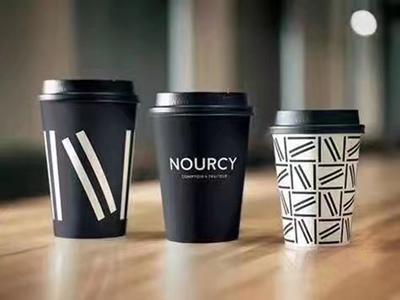NEWS
The Difference between Extrusion Blow Molding and Injection Molding
The Difference between Extrusion Blow Molding and Injection Molding
There are not one, but several methods can be used to form plastic bottle and containers, among these the most common terms are Extrusion Blow Molding and Injection Molding. Both are processes to produce plastic parts, both requires the input of melted polymer into a metal mold, but they serve two different markets.
Extrusion Blow Molding
Extrusion Blow Molding (EBM) is the procedure of extruding (or blowing) melted plastic into a mold. Extrusion blow molding follows six fixed steps. As the mold is put in a released state, a mass of melted, unformed plastic is extruded into a open mold. As the mold closes, tightening a grip on the plastic tube, compressed air is bumped into the tube. The layer of plastic is then inflated until it perfectly cling to the metal mold. In the final stages, the newly-formed plastic bottle is trimmed and released from the mold, ready for the next step of delivery. Types of plastic used in blow molding are: High Density Polyethylene (HDPE), Polypropylene (PP), Polyethylene Terephthalate (PET), Polycarbonate (PC), Polyester and Urethane.
Injection Molding
Injection molding provides a similar concept with a different mechanism. Plastic granules are transferred through a barrel where it will be heated and metled. The melted plastic mass will then be forced into a mold. There was no air pressure, no inflation technique, plastic is injected until it loads the metal mold. In the final step, the mold opens and removes the object, already cooled and solidfied. Types of plastic commonly used in injection molding are: ABS, Polypropylene (PP), Polycarbonate (PC), PVC, Nylon.
Two different techniques, two different purposes
The core difference between the two technique of blow molding and injection molding is the finished forms of the products. Blow molding is utilized to produce hollow parts like bottles, barrel, containers. Manufacturers rely on blow molding when they need to produce complex shapes, something that speaks of value, identity, branding. However, it also equates that in extrusion blow molding.
On the other hand, injection molding is considered for the manufacture of more solid parts: bottle caps, pocket combs, automotive dashboard, packaging, wire spools. The technique serves a completely different market of supply to blow molding. While it is not optimal to use injection molding to produce complicated part, the process has a high performance rate. It can deliver a significant volume of quality, solid parts with great accuracy at a high rate of speed.


 Tiếng Việt
Tiếng Việt

